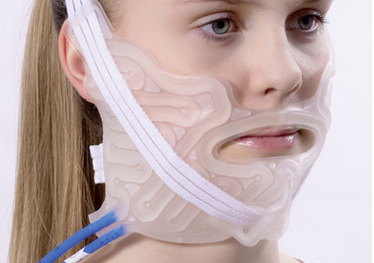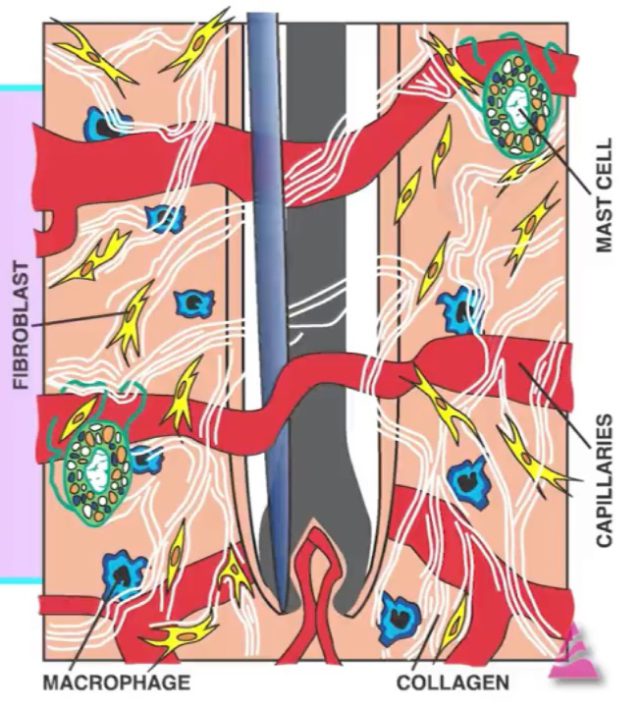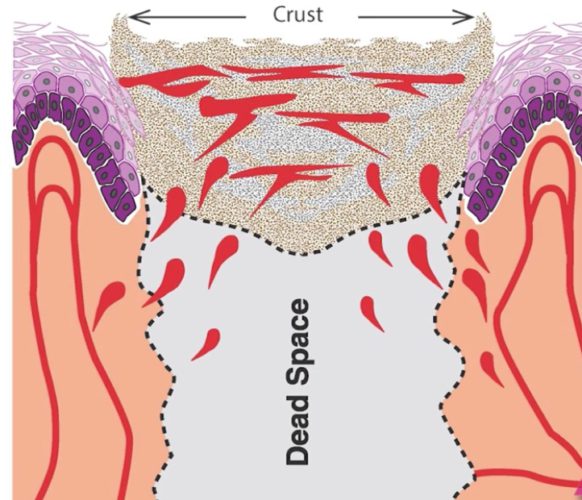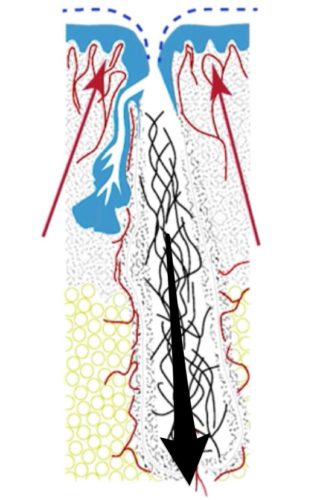Electrolysis aftercare
Table of contents:
Electrolysis hair removal works. All experts agree on this. However, your skin can react quite violently to electrolysis. Here, we’ll tell you what you can do after a hair removal session to minimize irritations and inflammations.
Our electrolysis aftercare advice
For good aftercare and a smooth recovery of your skin, the following advice is extremely important:
What NOT to do:
- Do not remove the scabs!—It may result in scarring if you remove them. Allow them to fall off naturally. Think of a scab as Nature’s band-aid. This is nature’s way of healing the follicle that we have treated. It acts as a protection against bacteria from entering the skin. It’s not as scary as it sounds. The skin is human’s first natural defense and heals extremely fast.
- Avoid sun exposure—Avoid exposure to the sun during the first two weeks after treatment. If it is difficult to escape the sunlight, use sunblock. This will avoid the formation of brown pigment spots. Your skin defends itself against UV rays by producing pigment, which will deflect some of the harmful rays. If your skin is injured or traumatised it can overproduce pigment in those areas.
- Do not use makeup during the first 48 hours—Makeup can lead to infection and pimples. Other cosmetics such as oily, scented or coloured creams, should also be omitted.
- Avoid creams with alcohol and everything that can irritate the skin for 48h—Do not swim in a chlorinated pool for the first 48 hours following treatment. Also avoid all creams that contain alcohol.
- Avoid heat and activities that increase blood flow for 48h—Following treatment, avoid activities that stimulate blood flow for 48 hours or longer if the area is still red or irritated. Plus, sweat can cause bacteria to enter the open follicles. We’re referring to sports activities, but also: saunas, hot baths, sunbeds, jacuzzis and steam treatments, as these can also cause pigmentation to develop. Another activity to avoid: stress, try not to have any:). Stress, especially chronic stress, is related to a myriad of health problems. When we’re under stress, our immune system takes a beating, especially the skin. Less stress = faster healing time.
What to do:
- Cool your face—Not everyone suffers from it, but slight swelling, redness and a burning sensation after electrolysis are normal. When cooling your face, the cold temperature restricts circulation and causes blood vessels to constrict, which prevents further bleeding. Also, the cold temperature offers a numbing effect on the nerves, which plays a key role in reducing swelling and inflammation. It can also help limit any bruising. Make a towel wet and place it in the fridge. When using a cold compress, it is best to alternate between 20 minutes on and 20 minutes off. Dry the face well afterward to avoid dehydration and then use the soothing gel. For the patients that are staying in our Guesthouse: we have a cooling machine in the living room of the guesthouse for your comfort.
- Use soothing cream—This stimulates a quick recovery. We always give you a portion of aftercare lotion after treatment. You can buy a tube at the clinic if you want more. Tip: You can store the gel in your fridge to have an extra cooling effect on the skin. You can apply a thin layer of the gel over your face liberally and allow it to dry for at least one hour. You can keep on using the soothing gel in between treatments to hydrate the skin. You can continue to apply it for at least the next 21 days. A well-hydrated skin makes electrolysis more effective, as the water in the skin is the electrical conductor.

What to do in between treatments
- Do not tweeze or wax hairs in the treatment area in between treatments because this will delay the growth cycle and will increase the treatment time. Clipping or shaving is allowed because this method doesn’t interfere with the growth cycle.
- Hydrate, Hydrate, Hydrate!
- Dehydrated skin means you will need more treatments to permanently destroy the follicle. Moisture is needed for better conductivity of the electricity.
- A daily application of very moisturizing cream is recommended.
- After 5 days when the redness and crusts are gone: using an exfoliation scrub cream every two weeks is recommended (the moisturizing cream can then penetrate the skin to a deeper level).
- Drink a lot of water the day before, day of, and the day after your treatments. Electrolysis relies on moisture in the follicle to be effective. Drinking lots of water the day after your treatment helps the skin heal faster.
- Use sunscreen every day. The fewer pigment cells there are, the less chance there is for hypo- or hyperpigmentation problems (the chance is very small, but we prefer to be on the safest side possible).
What to expect after electrolysis?
Even destroying such a tiny part of the body as a follicle’s mechanism for regrowing hair, will trigger the body’s healing response. And nearly all treatment reactions are simply the body’s healing process in action. Reactions such as redness, swelling or tiny scab formation should be viewed as the actions of healthy skin repairing itself as fast as possible. The degree to which these reactions occur differs greatly between individual patients. All people are different in the way they heal.
- Sunburn feeling—Expect the treated area to feel similar to a sunburn.
- Redness and swelling—Redness and swelling are caused by blood vessels in the skin expanding to increase blood flow. This helps the body repair damage and remove waste material as fast as possible. This reaction will last a few days at most.
- Redness can be countered by applying cool wet towels. Cold towels work by slightly numbing the treatment area and by triggering the skin’s natural response to severe cold, which is to constrict blood vessels. Make a towel wet and place it in the fridge. Place it on the skin for 20 minutes. Take a 20-minute break before repeating this.
- Your therapist will have applied Sterex soothing gel to the treated area at the end of your treatment session. This cream forms a protective layer and assists with reducing redness. You can repeat this application twice a day at home if needed.
 Picture from Michael Bono’s Youtube “Electrology Now” with permission.
Picture from Michael Bono’s Youtube “Electrology Now” with permission.
- Scabs—Scab formation is a natural part of the healing process, though it is more frequent on dry rather than oily skin. Scabs are a protective “scaffold” over the skin to protect it from infection and to retain nutrients where they are most needed. Removing scabs can lead to infection and a slowing of the healing process. In some cases, removing scabs can result in scarring. So please, however difficult it may be: leave the scabs alone! Regular application of the soothing gel will assist in the healing process. In the face most scabs disappear after 3 days, on the rest of the body it takes up to 2 weeks.
 Picture from Michael Bono’s Youtube “Electrology Now” with permission.
Picture from Michael Bono’s Youtube “Electrology Now” with permission.
- Bruising—Occasionally one or more tiny bruises may appear in the treatment area. These occur when an electrolysis probe affects a capillary (small blood vessel) feeding the follicle. Expect the bruising to fade over a few days. Thanks to the feedback of some of our clients, we have learned that the application of Arnica ointment may speed up the process.
- Irritation—Occasionally, and mainly in dry skin, the area under the electrode may become irritated. The symptoms: itching, redness, or an eczema like response, are all degrees of the same skin irritation. This reaction may be minimized or prevented in advance by applying moisturizer daily between treatments to the area where the electrode will be placed. Treatment with a mild steroid cream such as hydrocortisone 0.5% may help to settle the reaction if it occurs.
- Pitting—After the treatment, in a minority of people, the skin can appear “pitted” in some areas after electrolysis. The reason is that the dead space created by the hair removal is filled with scar tissue. Scar tissue (wound collagen) has the tendency to contract (that is their main purpose: closing the gap again). This gives a slight downward pull of the skin. On the surface, the skin is swollen, making the pitted appearance worse. So the combination of the downward pull and the simultaneous swelling of the skin creates the lumpy-bumpy appearance. The wound collagen needs about one year to “mature” into smooth tissue. So your skin will keep improving in appearance up to one year.
 Picture from Michael Bono’s Youtube “Electrology Now” with permission.
Picture from Michael Bono’s Youtube “Electrology Now” with permission.
Video of Michael Bono explaining the healing process
We are doing our very best to keep this information up-to-date. In case you see anything that no longer seems accurate, or in case you have a question, please fill out the form below!

